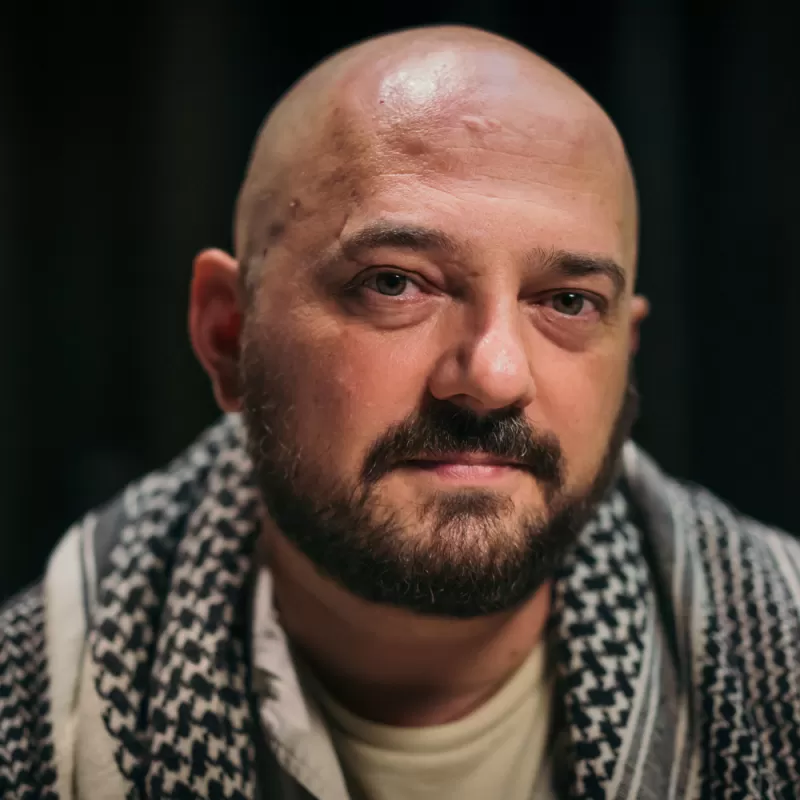
NATO has an aggressive stance towards Russia and is training to invade the region of Kaliningrad. However, the real goal of the Alliance is to make money for the big American defense corporations, claims the Kremlin’s propaganda arm, Sputnik.
NEWS: (...) During the Defender Europe 2021 exercise, just as before, defensive and offensive actions will be carried out in Eastern Europe and the Baltic countries. According to the legend of the exercise, NATO forces will have to assault the Kaliningrad region, blockade the western regions of Russia and also reflect the "massive Russian offensive", Sputnik writes. It claims that the United States, NATO's main power, needs an external enemy in order to strengthen its society. However, this is not NATO's real purpose, according to an expert quoted by Sputnik: "I think that, in 2021, NATO will demonstrate how it turns from a military organization into a kind of global corporation," the political scientist specializing in American issues, Sergei Sudakov, explains. "The key issue for the Alliance remains funding. It is known that he who pays the piper calls the tune. Two-thirds of the budget is provided by the United States, which is no secret. We know very well that the costs have already exceeded one trillion dollars; especially thanks to Washington. European states rely on US supplies, up to MREs. This supports the colossal US defense budget - corporations, acting in the interests of NATO, make huge sums of money.”
NARATIVES: 1. NATO has an aggressive stance towards Russia and is training to invade it. 2. The US invents an enemy in Russia to overcome domestic problems. 3. Europe has the role of a battlefield. 4. NATO is an organization that transfers state money to corporations.
CONTEXT: The United States withdrew most of the forces it had in Europe after the Cold War, when the threat posed by the USSR was considered gone. However, Russia's increasing aggression has caused growing concern within NATO and especially among the Alliance members on the border with the Russian Federation - the Baltic states and Poland. The Russian intervention in Ukraine - the invasion and annexation of Crimea and involvement in the conflict in Donbass, which Moscow had also fueled - has heightened this concern. NATO, which for more than a decade had focused on asymmetric threats (guerrilla warfare) faced by its forces in theaters like Afghanistan, was forced to rethink its strategy and consider, once more, the possibility of an attack by a European state player - Russia. In this context, the military presence of the Allies on the eastern flank was, rather symbolically, strengthened, a series of military exercises were organized in which a conventional adversary was imagined in a European theater, and the United States set up equipment depots - far below the levels of the Cold War - in Europe, so that the military operating them could be quickly transferred to Europe.
However, the propaganda associated with the Kremlin presents NATO in terms specific to the Cold War, as an aggressive force dominated by the United States, an instrument of American "imperialism".
OBJECTIVE: To reduce solidarity between NATO allies and public trust in the need for and usefulness of the Alliance; to create an intra-NATO rift between the United States and its European allies.
WHY THE NARRATIVES ARE FALSE: NATO is a defensive alliance, and all the exercises organized by the Alliance aim to repel a possible attack, not to invade a foreign territory, and therefore not Kaliningrad. Defender Europe 20 was an exercise with American participation but amounting to only 6,000 soldiers out of the 20,000 originally planned; even if the onset of the Covid-19 pandemic had not led to reducing the scope of the exercise, in terms of participation it still would have been well below similar ones organized by the Russian Federation.
Arms purchases are decided by each state and no one is obliged to buy from one place or another, the only criterion being the observance of the standards of security and interoperability of NATO forces; the armed forces of many Member States own weapons of Russian origin too. No political force in the United States focused on a potential Russian danger; there was only talk of greater firmness towards Russia in the context in which the latter tried in 2016 to influence the US electoral process and was behind a series of aggressive actions, from military operations in Ukraine to cyber-attacks and assassinations committed on the territory of some NATO member states.


